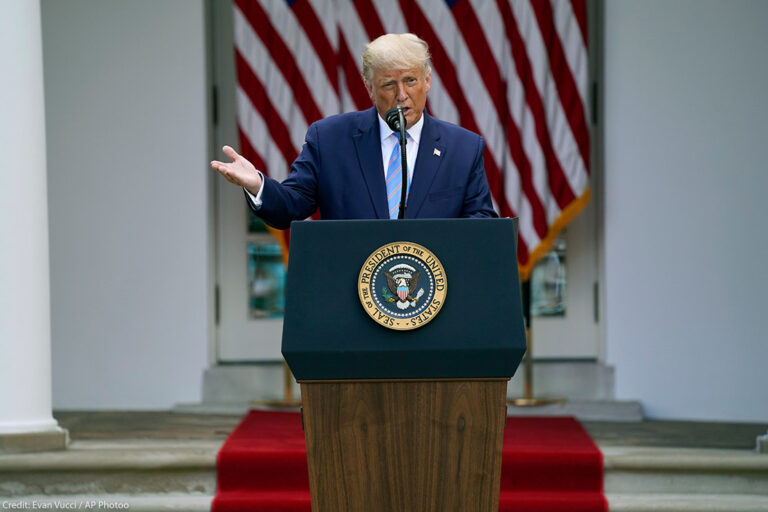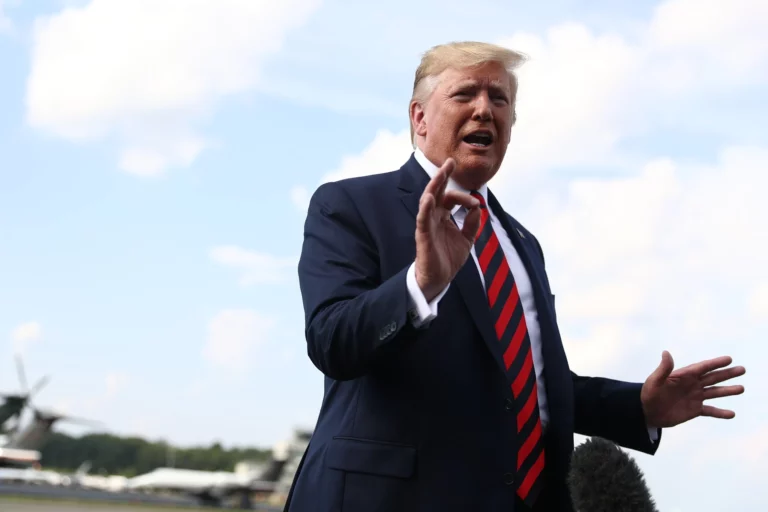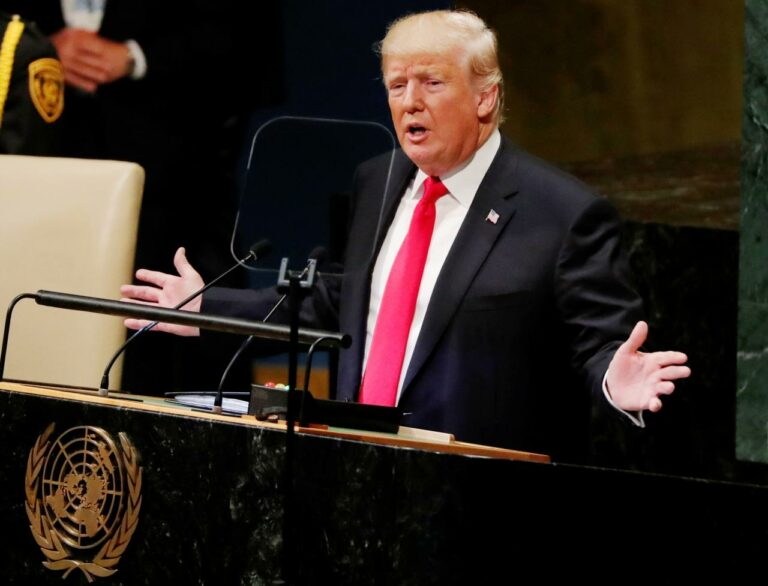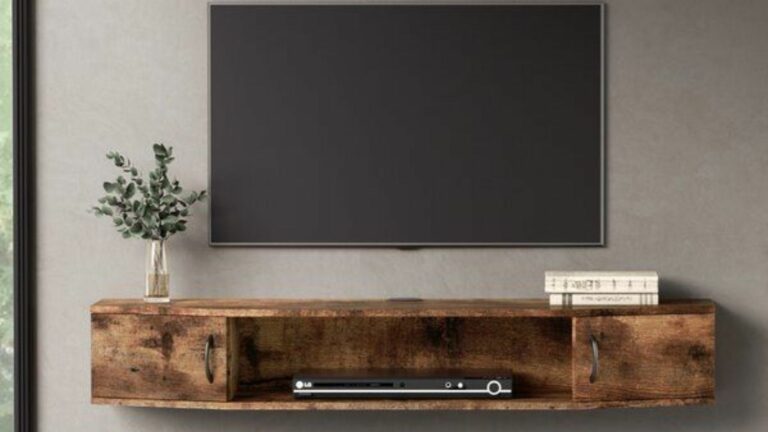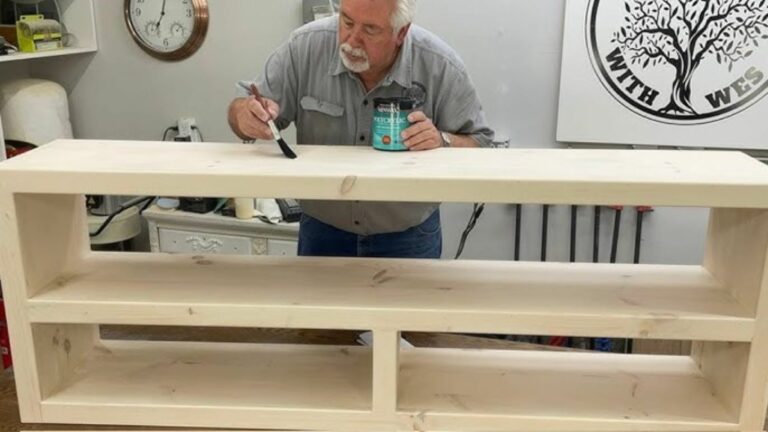Donald Trump’s presidency was a media earthquake, shaking the foundations of the media landscape and leaving permanent fissures in its wake. His unconventional style, constant controversies, and relentless attacks on the press reshaped how news is consumed, produced, and perceived. Let’s delve into the seismic shifts Trump’s tenure triggered.

Media Landscape: Erosion of Trust
Moreover, Donald Trump’s strategic deployment of the term “fake news” during his presidency had a profound impact on public perception of mainstream media. By consistently labelling critical reports as falsehoods and investigations as witch hunts, Trump successfully eroded trust in established news outlets. This relentless assault on the credibility of traditional media, amplified by the pervasive influence of social media, gave rise to echo chambers where alternative facts flourished. The consequence is a fractured media landscape characterized by widespread scepticism, impeding the flow of informed discourse and undermining accountability. Trump’s weaponization of “fake news” not only shaped the narrative during his tenure but also left a lasting legacy of distrust, complicating the task of rebuilding a more united and transparent information ecosystem.
The Rise of the Partisan Press
Furthermore, the wake of traditional media facing relentless criticism, partisan outlets experienced a surge in prominence. News transformed into a form of entertainment, with outrage becoming the prevailing currency. The rise of algorithms, meticulously crafted to maximize user engagement, intensified this trend. Users found themselves ensconced in echo chambers where content tailored to confirm their existing biases was served, fostering isolated bubbles where reality seemed malleable, and truth became a subjective concept. Donald Trump’s rhetoric acted as a catalyst, amplifying this polarization and perpetuating a climate where political discourse is haunted by deep divisions. The legacy of this era continues to cast a shadow over the landscape of information consumption, challenging the very foundations of a shared reality and raising critical questions about the future of unbiased, transparent discourse in an age of algorithmic-driven content curation.
The Twitter Takeover
Trump’s Twitter feed became a direct line to his base. He bypassed traditional media filters, crafting narratives, attacking opponents, and mobilizing supporters. This created a sense of intimacy and authenticity, bypassing the checks and balances of journalism. While others struggled to adapt, Trump thrived in this digital Wild West, further blurring the lines between news and spectacle.
The Media’s Response
The media faced a daunting challenge: how to cover a president who thrived on chaos and misinformation? Fact-checking became a constant exercise, investigations exposed scandals, and critical reporting persisted. Yet, accusations of bias and “playing into his hand” swirled. The media’s struggle for objectivity in a post-truth era remains a complex dance, fraught with ethical considerations and the constant threat of manipulation.
The Future of Journalism
Trump’s presidency exposed the vulnerabilities of the media landscape. Misinformation, polarization, and distrust are real threats. However, amidst the rubble, glimmers of hope remain. Investigative journalism continues to shine a light on injustices, independent voices offer alternative perspectives, and fact-checking initiatives combat disinformation. The future of journalism lies in finding new ways to connect with audiences, build trust, and uphold truth in a fragmented and ever-evolving media environment.
Conclusion
Trump’s presidency may be over, but its impact on the media landscape is far-reaching. The scars of distrust, the echo chambers of misinformation, and the struggle for objectivity are legacies we grapple with today. Yet, amidst the challenges, lies an opportunity. The media can emerge stronger, more resilient, and more attuned to the needs of a diverse and sceptical audience. By embracing innovation, prioritizing fact-based reporting, and fostering critical thinking, the media can rebuild trust, inform the public, and hold power accountable. This is the challenge, and the promise, of the post-Trump media landscape.


